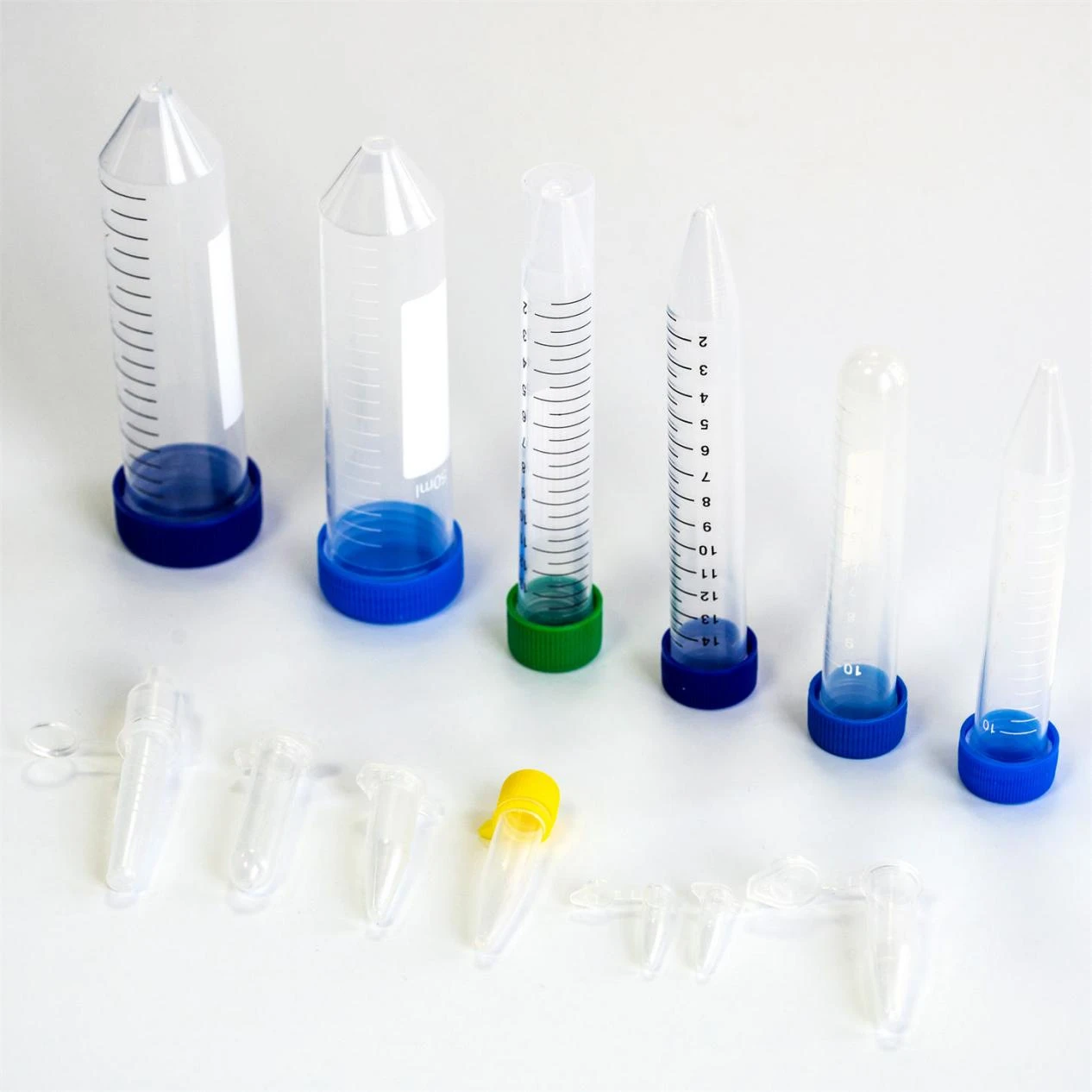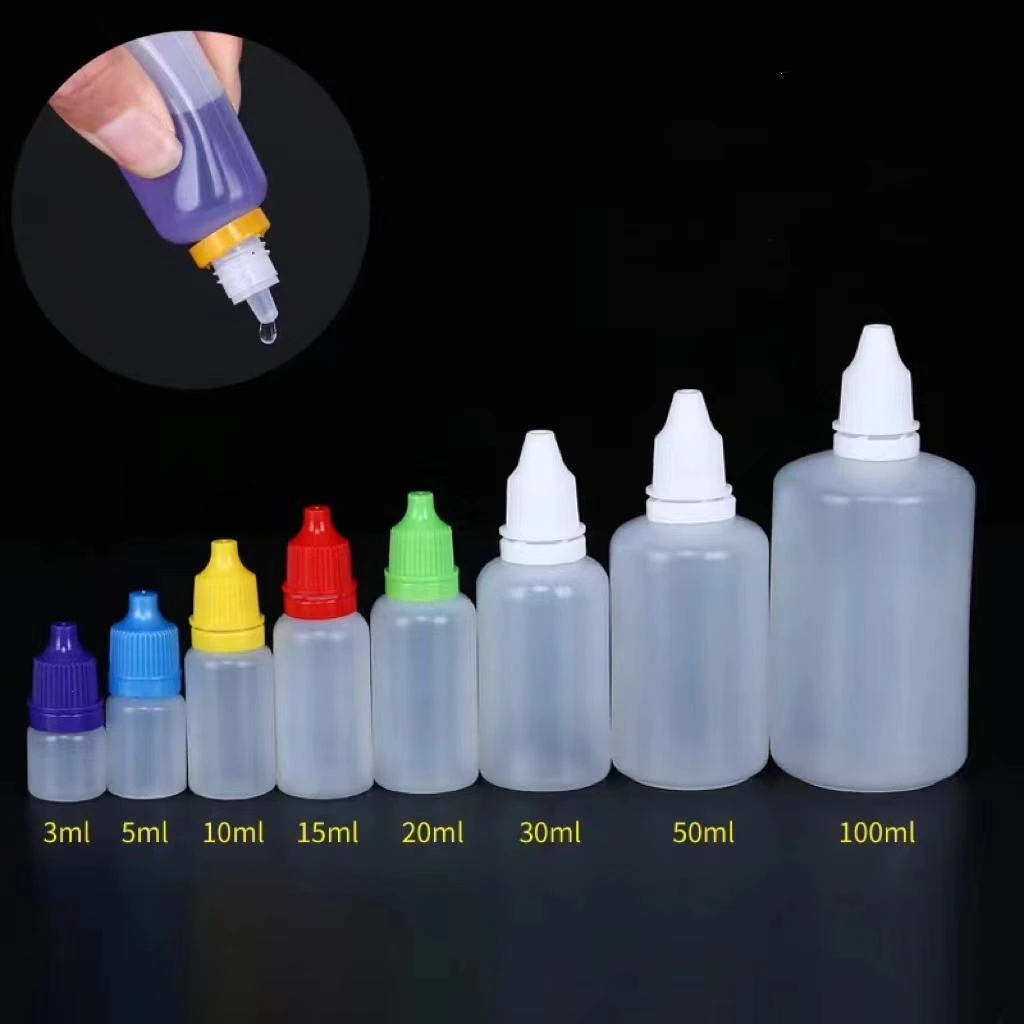
-
 Afrikaans
Afrikaans -
 Albanian
Albanian -
 Amharic
Amharic -
 Arabic
Arabic -
 Armenian
Armenian -
 Azerbaijani
Azerbaijani -
 Basque
Basque -
 Belarusian
Belarusian -
 Bengali
Bengali -
 Bosnian
Bosnian -
 Bulgarian
Bulgarian -
 Catalan
Catalan -
 Cebuano
Cebuano -
 Corsican
Corsican -
 Croatian
Croatian -
 Czech
Czech -
 Danish
Danish -
 Dutch
Dutch -
 English
English -
 Esperanto
Esperanto -
 Estonian
Estonian -
 Finnish
Finnish -
 French
French -
 Frisian
Frisian -
 Galician
Galician -
 Georgian
Georgian -
 German
German -
 Greek
Greek -
 Gujarati
Gujarati -
 Haitian Creole
Haitian Creole -
 hausa
hausa -
 hawaiian
hawaiian -
 Hebrew
Hebrew -
 Hindi
Hindi -
 Miao
Miao -
 Hungarian
Hungarian -
 Icelandic
Icelandic -
 igbo
igbo -
 Indonesian
Indonesian -
 irish
irish -
 Italian
Italian -
 Japanese
Japanese -
 Javanese
Javanese -
 Kannada
Kannada -
 kazakh
kazakh -
 Khmer
Khmer -
 Rwandese
Rwandese -
 Korean
Korean -
 Kurdish
Kurdish -
 Kyrgyz
Kyrgyz -
 Lao
Lao -
 Latin
Latin -
 Latvian
Latvian -
 Lithuanian
Lithuanian -
 Luxembourgish
Luxembourgish -
 Macedonian
Macedonian -
 Malgashi
Malgashi -
 Malay
Malay -
 Malayalam
Malayalam -
 Maltese
Maltese -
 Maori
Maori -
 Marathi
Marathi -
 Mongolian
Mongolian -
 Myanmar
Myanmar -
 Nepali
Nepali -
 Norwegian
Norwegian -
 Norwegian
Norwegian -
 Occitan
Occitan -
 Pashto
Pashto -
 Persian
Persian -
 Polish
Polish -
 Portuguese
Portuguese -
 Punjabi
Punjabi -
 Romanian
Romanian -
 Russian
Russian -
 Samoan
Samoan -
 Scottish Gaelic
Scottish Gaelic -
 Serbian
Serbian -
 Sesotho
Sesotho -
 Shona
Shona -
 Sindhi
Sindhi -
 Sinhala
Sinhala -
 Slovak
Slovak -
 Slovenian
Slovenian -
 Somali
Somali -
 Spanish
Spanish -
 Sundanese
Sundanese -
 Swahili
Swahili -
 Swedish
Swedish -
 Tagalog
Tagalog -
 Tajik
Tajik -
 Tamil
Tamil -
 Tatar
Tatar -
 Telugu
Telugu -
 Thai
Thai -
 Turkish
Turkish -
 Turkmen
Turkmen -
 Ukrainian
Ukrainian -
 Urdu
Urdu -
 Uighur
Uighur -
 Uzbek
Uzbek -
 Vietnamese
Vietnamese -
 Welsh
Welsh -
 Bantu
Bantu -
 Yiddish
Yiddish -
 Yoruba
Yoruba -
 Zulu
Zulu
Top Juice Plastic Bottle Manufacturers Durable & Custom Solutions
- Industry Growth & Market Demand for Juice Packaging
- Technical Advancements in Bottle Manufacturing
- Top 5 Global Manufacturers Comparison (2024)
- Customization Options for Brand Differentiation
- Sustainability Initiatives & Material Innovation
- Case Study: Successful Brand Implementation
- Selecting Reliable Juice Plastic Bottle Manufacturers

(juice plastic bottle manufacturers)
Juice Plastic Bottle Manufacturers Drive Beverage Industry Evolution
The global juice packaging market will reach $63.7 billion by 2027 (CAGR 5.2%, Grand View Research). Plastic remains dominant with 68% market share due to PET's unique properties:
- 0.04% oxygen permeability rate (vs. 0.15% in HDPE)
- 35% lighter than glass alternatives
- 98.6% recyclability rate in modern facilities
Technical Specifications Comparison
| Feature | PET | HDPE | rPET |
|---|---|---|---|
| Max Temperature | 160°F | 140°F | 155°F |
| Recycled Content | 0-30% | 25-50% | 50-100% |
| Production Speed | 45k/hr | 32k/hr | 38k/hr |
Global Supplier Analysis
| Manufacturer | Capacity | MOQ | Certifications |
|---|---|---|---|
| BottleTech Inc. | 80M/mo | 50k | FDA, ISO 22000 |
| EcoPack Solutions | 45M/mo | 25k | BRC, SQF |
| PET Innovations Co. | 120M/mo | 100k | IFS, OHSAS |
Customization Parameters
- Neck finish variations (38mm to 89mm)
- Wall thickness (0.25mm - 1.5mm)
- Embossing depth (0.1mm - 0.5mm)
Environmental Compliance Metrics
Leading manufacturers achieve:
- 22% energy reduction via thin-wall tech
- 41% water reuse in cooling systems
- 78% post-consumer recycled content
Implementation Case: TropicalNature Juices
"Switching to lightweight PET bottles reduced shipping costs by 19% while maintaining 98.3% shelf-life integrity across 12-month periods."
Partnering with Professional Juice Plastic Bottle Manufacturers
Key selection criteria:
- Minimum 8 years industry experience
- Multi-stage quality control protocols
- 65%+ machine automation rate

(juice plastic bottle manufacturers)
FAQS on juice plastic bottle manufacturers
Q: What materials are commonly used by juice plastic bottle manufacturers?
A: Juice plastic bottle manufacturers typically use PET (polyethylene terephthalate) or HDPE (high-density polyethylene) due to their durability, lightweight nature, and recyclability. These materials are FDA-approved for food and beverage safety.
Q: How do plastic juice bottle manufacturers ensure product safety?
A: Reputable plastic juice bottle manufacturers adhere to strict quality control protocols, including FDA and ISO certifications. They use food-grade materials and conduct rigorous testing for leaks, durability, and chemical resistance.
Q: Can juice PET bottle manufacturers customize bottle designs?
A: Yes, most juice PET bottle manufacturers offer customization for sizes, shapes, colors, and cap styles. Clients can request branding elements like embossing or screen printing, subject to minimum order quantities.
Q: What factors affect pricing from plastic juice bottle manufacturers?
A: Pricing depends on material type, bottle size, order volume, and customization complexity. Bulk orders typically reduce per-unit costs, while specialty designs or coatings may increase expenses.
Q: How long does production take with juice plastic bottle manufacturers?
A: Standard production timelines range from 4-8 weeks, including design approval, mold creation (if needed), and manufacturing. Rush services may be available for urgent orders at additional cost.
-
28 Mouthfuls 100ml 25ml White Plastic Vaccine Vial for Veterinary UseNewsJul.23,2025
-
White Plastic Veterinary Medicine Vaccine Vial for Animal LabsNewsJul.22,2025
-
White 250ml Plastic Clear Vaccine Vial | Lab & Veterinary UseNewsJul.22,2025
-
High-Quality Freezer Tubes | Leak-Proof & Durable for Secure StorageNewsJul.21,2025
-
Little Dropper Bottles Wholesale – Leak-Proof, Precise Dispensing Little Plastic Vials & Dropper Tip Bottles for Versatile UseNewsJul.08,2025
-
What is a Culture Plate? Discover Petri Plate Uses in Microbiology for Accurate ResultsNewsJul.08,2025






















